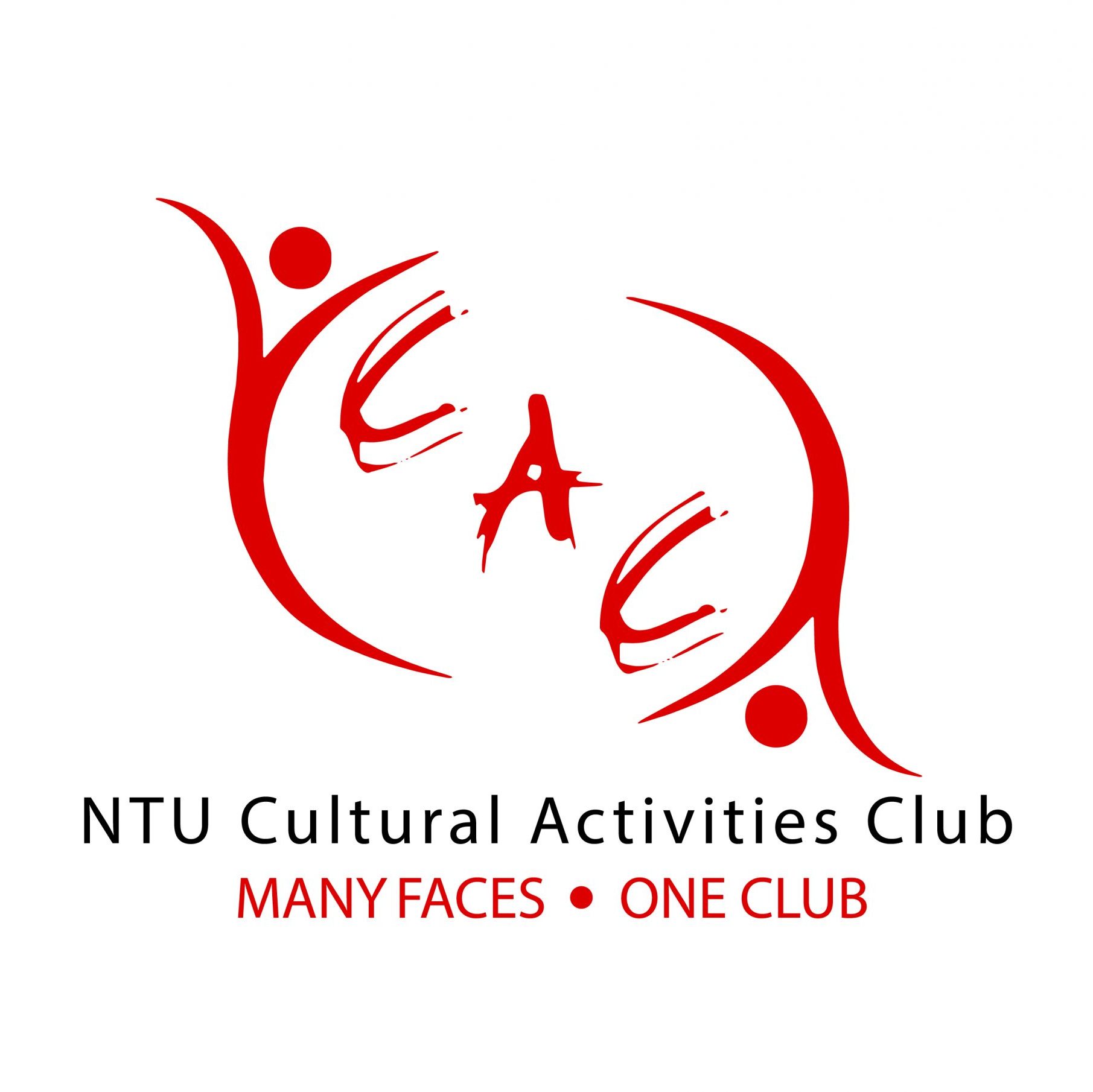Photo: Abdel Matin
On 19 October 2024, NTU Lee Kong Chian School of Medicine (LKCMedicine) held its second iteration of the Art and Science of Medicine Festival. This year, the event was held at the plaza of Kampung Admiralty, with the theme “Connecting Medicine, Health & Life”.
The festival, which began in 2023, served as a platform for community outreach. Numerous booths were set up around the event space, each with a specific theme to showcase the research conducted by LKCMedicine.
Photo: LKCMedicine
Professor Joseph Sung, Dean of LKCMedicine, shared that, “To be a good doctor you need more than knowledge, so I always emphasise that medicine is both an art as well as a science. This festival serves to let people feel the humanistic part of medicine.” Amidst the lively atmosphere at Kampung Admiralty, where students, staff, and residents came together to celebrate the art of healing, Professor Sung’s sentiment certainly rang true.
One of my favourite booths was centred around the relationship between microbes and man. For instance, it explored how microbiology is applied to the culinary arts — like kombucha, kimchi, and yoghurt, many of our favourite foods are fermented using microbes. However, it also unpacked the very noteworthy problem of bacterial resistance to antibiotics. Looking at the plates of agar displayed at the booth, I was reminded of a specific technique that uses microorganisms to “paint” — a reminder that art and science do indeed go hand in hand.
Photo: Abdel Matin
Photo: American Society for Microbiology
In a corner of the plaza, a gallery of artworks were hung on display for the public’s perusal. The collection of drawings and poems were in fact crafted by LKCMedicine’s very own students, as part of their Medical Humanities module. In the module, students use various artforms — literature, films, paintings — to better understand health and disease. After all, one can never truly know nor experience another person’s anguish. Perhaps then, the next best alternative is to use the arts — reading their stories and seeing through their eyes.
Photo: LKCMedicine
When I spoke to Dr. Tanya Tierney, Assistant Dean for Clinical Communications and part of the team leading the Medical Humanities module, she said, “We each live our own life, within our own bodies, with our own lens on things. The humanities, I think, opens up a variety of lenses that help you connect to patients, and to yourself.” No doubt, reigniting a passion for the arts doesn’t just make better doctors, but better people too.
While I was exploring the festival, a painting caught my eye. It depicted 2 trees growing on cracked soil. Curious about how the painting related to medicine, I approached the booth to find out more. There, I had an eye-opening conversation with Assoc Prof Konstantina Griva about what the painting represented.
Photo: LKCMedicine
“The art we’re using is just the trigger, to invite people to consider the health of nature and the planet, and how it relates to the healthcare industry,” she shared. The painting, titled “Sunlit Abundance” by artist Ellie Lasthiotaki, depicts the exceptionally hardy olive tree, which is able to thrive even in the harshest of conditions.
Climate’s impact on health is perhaps something few think about. Besides the obvious impacts of natural disasters and extreme weather on human wellbeing, climate also affects disease transmission by affecting breeding patterns of insects that carry disease, such as mosquitoes. Flipping the script, Assoc Prof Konstantina Griva also invited me to think about healthcare’s impact on climate — also known as sustainable healthcare, one of LKCMedicine’s areas of research.
The olive trees’ resilience is a reminder that even though the gargantuan problem of climate change seems daunting, we must still strive to adapt and mitigate the problem — if not for ourselves, then perhaps out of respect for the hardy olive trees.
The way the painting of the olive tree was used to spark a conversation about climate change and medicine was so interesting to me, because it highlights the power of art. It has the ability to trigger introspection, to guide us to seeing other perspectives. To quote the great William Osler, medicine is a science of uncertainty, and an art of probability. This is no less relevant today than it was back then. Simply put, death and disease are an unfortunate part of human life. Since art is an expression of the human condition, then surely, medicine and the arts will forever be inextricable.
